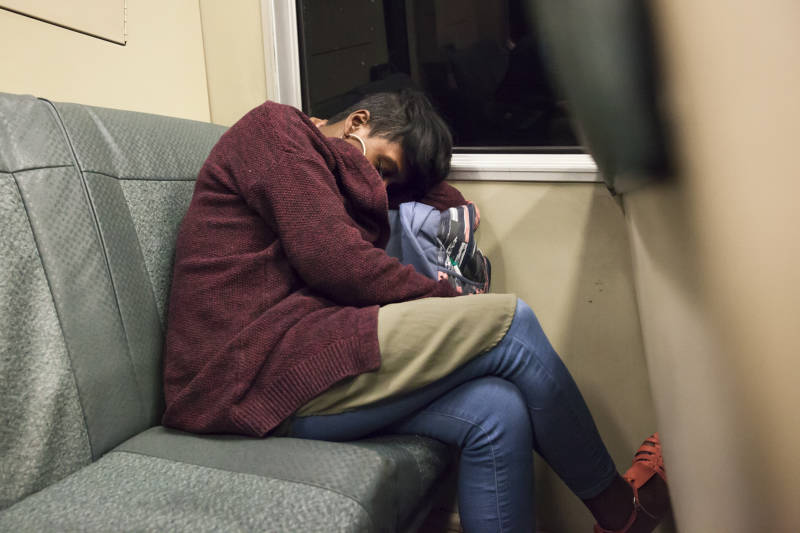“What about giving our homeless students referrals to county and social service providers…emergency grants, and student success programs ensuring students enter the workforce and make a living wage?” Fresno City College President Carole Goldsmith wrote in an opinion piece for The Fresno Bee.
The clash also shows the need for a paradigm shift in how California colleges view their responsibilities to students, Berman said.
“Forever, colleges and universities have just seen their role as educating students, and in an ideal world, that would be all they’d have to do,” he said. “But if we look at [helping homeless students] as, ‘This is what needs to happen to generate the graduates that our economy needs in the future,’ then this isn’t like a welfare program, this is really an investment in California’s economy.”
That view seems to be gaining ground among the Legislature’s Democratic majority, but lawmakers still face tough questions.
Among them: whether to prioritize extending state financial aid to categories of students who are currently shut out, or increasing grants for those who already get them.
One bill that passed this year focused on an especially vulnerable group of students: those who attend for-profit colleges. Authored by Assemblyman David Chiu, it will monitor whether graduates of the schools — who statistically have been more likely to default on their loans than those at public and non-profit universities — are earning enough to pay back their debts. Originally meant to penalize schools who failed that test, it was scaled back after intense lobbying from the for-profit college industry.
With the ink barely dry on this year’s legislation, conversations about next year’s higher ed budgeting are already beginning.
UC Merced Interim Chancellor Nathan Brostrom said he’d like to see the state provide more financial support next year to students who are transitioning out of the foster care system. “They’re basically graduating from the program at 18 and don’t have anywhere to go,” he said.
UC also is considering a new cohort-based tuition system that would freeze fees for current students for up to six years, combined with increases as new classes enter. It could help families plan their budgets but is controversial because it assumes tuition will go up.
Meanwhile, survey results from the state’s student aid commission show that California students are spending about $2,000 per month on non-tuition costs, with more than 30% saying they didn’t have enough money to pay for housing.
This week, TICAS released a report on reforming state financial aid that urged California to extend Cal Grant entitlements to all students regardless of age or time out of high school. It also called for capping student work hours at 15 per week when calculating how much they can be expected to contribute to the cost of their education.
“What works better for students is to think about what’s affordable for students, not just what’s affordable for the state,” Cochrane said.
This story and other higher education coverage are supported by the College Futures Foundation.
